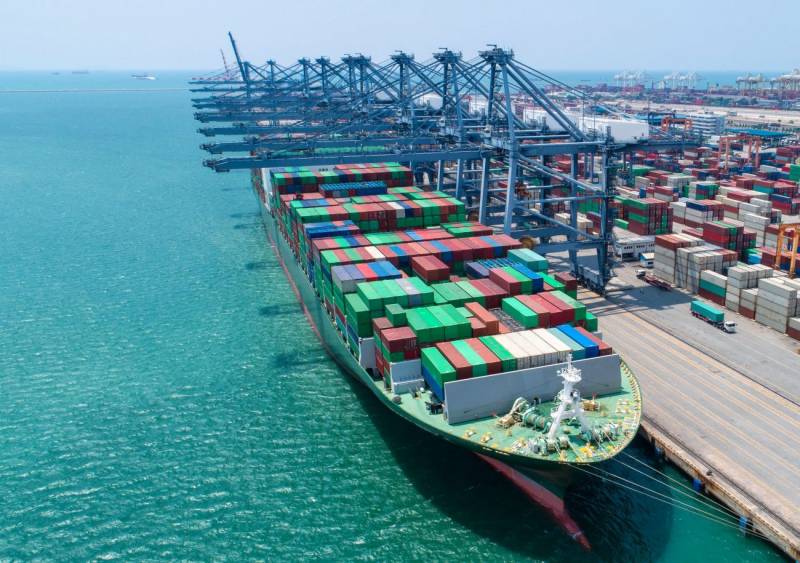
When oil prices underwent a massive price increase in 2022 due to the Russian invasion of Ukraine, Pakistan's import bill shot through the roof, plunging the economy into another balance of payments crisis.
In a Twitter thread, Yousaf Nazar, an investment professional, claimed that the most salient problem plaguing the country's economy was chronically low exports, and not high imports as has often been claimed. Mr. Nazar cited a World Bank study that suggests that Pakistan's export potential is over $88 billion annually, but current exports per working person are less than half of that in Bangladesh, and over 20 times less than Vietnam's. Imports of "intermediate inputs" that the economy relies upon account for 53% of Pakistan's import bill, fuel for 24% and capital goods for another 11%.
https://twitter.com/yousufnazar/status/1612743521391321089?s=46&t=53X4RPhOsAPl8HyYsV9P0Q
Although they are vilified in the media, consumer imports only accounted for 7% of the country's imports in the fiscal year ending 2021. Mobile phones made up another 4%.
"The issue is not the imports," claimed Mr. Nazar.
Low exports in Pakistan are a function of "high import duties, lack of market access, poor support service for entrepreneurs, and low productivity of Pakistani industrialists."
Businesses operating in Pakistan have become habituated to "rampant rent seeking," and the country's exports therefore struggle to be competitive despite the Rupee's low exchange rate.
Mr. Nazar attributed Finance Minister Mr. Ishaq Dar's decision to levy import tariffs in 2013 as the "principal cause of stagnating exports."
"The issue is not the imports," claimed Mr. Nazar.
In a Twitter thread, Yousaf Nazar, an investment professional, claimed that the most salient problem plaguing the country's economy was chronically low exports, and not high imports as has often been claimed. Mr. Nazar cited a World Bank study that suggests that Pakistan's export potential is over $88 billion annually, but current exports per working person are less than half of that in Bangladesh, and over 20 times less than Vietnam's. Imports of "intermediate inputs" that the economy relies upon account for 53% of Pakistan's import bill, fuel for 24% and capital goods for another 11%.
https://twitter.com/yousufnazar/status/1612743521391321089?s=46&t=53X4RPhOsAPl8HyYsV9P0Q
Although they are vilified in the media, consumer imports only accounted for 7% of the country's imports in the fiscal year ending 2021. Mobile phones made up another 4%.
"The issue is not the imports," claimed Mr. Nazar.
Low exports in Pakistan are a function of "high import duties, lack of market access, poor support service for entrepreneurs, and low productivity of Pakistani industrialists."
Businesses operating in Pakistan have become habituated to "rampant rent seeking," and the country's exports therefore struggle to be competitive despite the Rupee's low exchange rate.
Mr. Nazar attributed Finance Minister Mr. Ishaq Dar's decision to levy import tariffs in 2013 as the "principal cause of stagnating exports."

